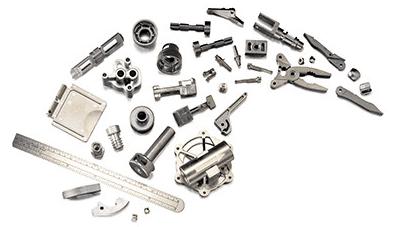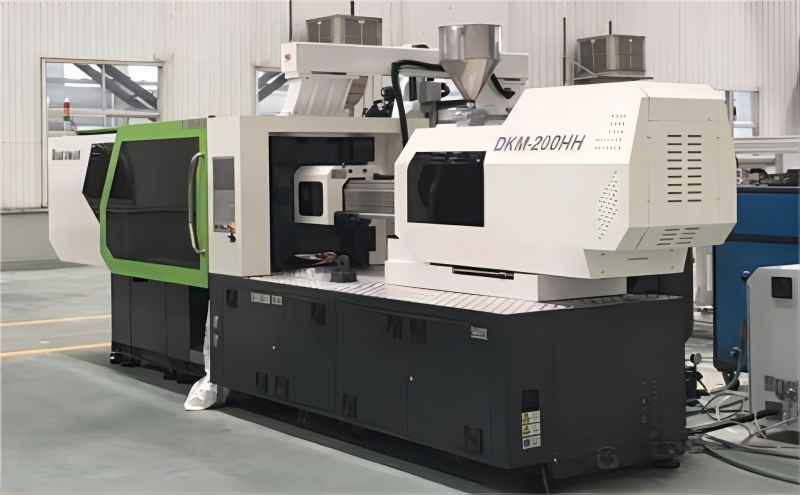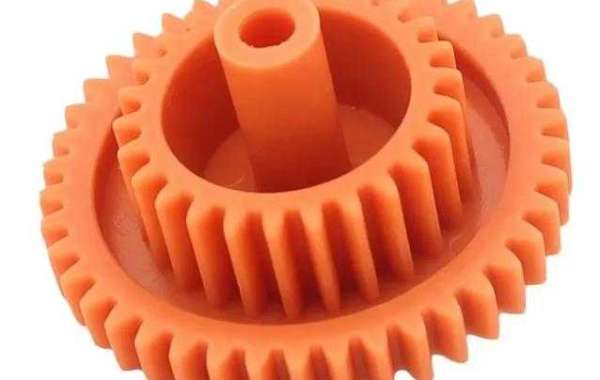Injection molding is a transformative process that shapes molten raw materials into semi-finished products with specific shapes through a sequence of operations including pressurization, injection, cooling, separation, and more. To delve into the intricacies of injection molding, we break down each stage of the process in detail.

The Sequential Stages of Injection Molding
The injection molding process unfolds through six distinct stages, namely mold closing, filling, pressure maintenance, cooling, mold opening, and demolding. These stages form a cohesive and continuous workflow, with particular emphasis on filling, pressure maintenance, cooling, and demolding for their pivotal roles in shaping the final product.
Focusing on the Filling Phase
Filling initiates the injection molding cycle, commencing from mold closure until the mold cavity is approximately 95% filled. This phase is greatly influenced by filling speeds, resulting in two key modes:
High-Speed Filling: Characterized by higher shear rates, lower viscosity, and diminished flow resistance, high-speed filling generates thinner curing layers due to localized viscous heating effects.
Low-Speed Filling: Operating at a lower shear rate and higher local viscosity, low-speed filling exhibits substantial flow resistance. The slow replenishment rate and thermoplastic flow facilitate efficient heat conduction, with minimal viscous heating, yielding thicker curing layers.

Understanding Pressure Maintenance
Pressure maintenance sustains continuous pressure application, compacting the melt and elevating plastic density to counteract shrinkage. This stage spans from mold cavity filling to gate curing sealing, and features distinct attributes:
Elevated Back Pressure: The mold cavity is filled with plastic, resulting in high back pressure. The injection molding machine's screw movement is limited as pressure compacts the material.
Accelerated Cooling and Solidification: As cooling progresses, plastic solidification accelerates due to mold wall contact. The melt's viscosity rises, amplifying resistance within the mold cavity. Pressure peaks upon gate solidification and sealing.
Differential Density Distribution: High-pressure zones yield dense plastic, while low-pressure regions result in looser and less dense material. Density distribution evolves over time and location.
Negligible Flow: Flow rate drastically diminishes during pressure maintenance, with pressure superseding flow as the primary influencer.
Mold Swelling: Pressure's upward force can expand the mold cavity. While advantageous for venting, excessive expansion may lead to defects if not controlled through appropriate clamping force.

Unveiling the Cooling Process
A meticulously designed cooling system is paramount in injection molding. Cooling time occupies around 70% to 80% of the entire molding cycle, making an efficient system integral for accelerated production, cost reduction, and product quality assurance.
Key Cooling Rate Influences:
Product Design: Greater wall thickness extends cooling time.
Mold Material: Higher thermal conductivity expedites heat transfer and reduces cooling time.
Cooling Pipe Configuration: Larger diameter and quantity of cooling pipes near the mold cavity enhance cooling efficiency.
Coolant Flow and Properties: Enhanced flow and favorable viscosity and heat transfer coefficients bolster heat removal.
Plastic Selection: Thermally conductive plastics with low specific heat enable swift temperature changes, facilitating heat dissipation.
Finalizing with Demolding
Demolding, the ultimate step in the injection molding cycle, significantly impacts product quality despite the product's cold fix. Mold design should select an appropriate demolding method based on the product's structural characteristics.
In Conclusion
Injection molding's intricate process comprises various stages, each with unique attributes and influences. Mastering the mold closing, filling, pressure maintenance, cooling, mold opening, and demolding stages equips manufacturers with the prowess to create superior products, maximize efficiency, and elevate their injection molding endeavors.








